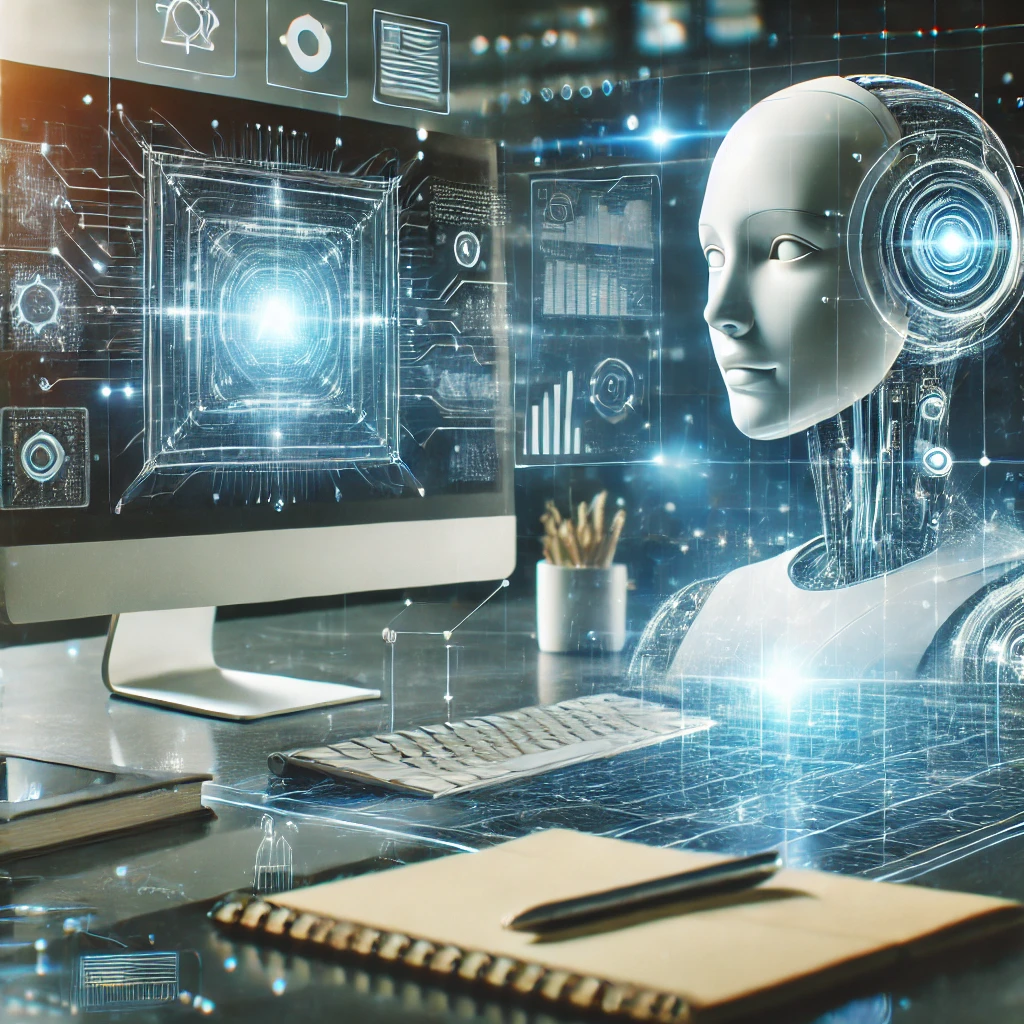Anthropic’s Latest AI Update Can Use a Computer on Its Own
The world of artificial intelligence continues to evolve rapidly, and Anthropic has just made a groundbreaking move. Their latest AI update introduces a feature that allows the AI to use a computer entirely on its own, paving the way for unprecedented levels of automation. This advancement marks a significant step forward in AI technology, raising both excitement and questions about its potential applications and implications.
What Does Anthropic’s AI Update Do?
This new update by Anthropic enables its AI to perform tasks autonomously by interacting with a computer just as a human would. The AI can now open and use applications, manage files, and perform web-based tasks without human intervention. This capability transforms how we think about AI assistants, turning them into truly independent digital workers.
How It Works
Anthropic’s AI update is powered by advanced machine learning models trained to understand computer interfaces. The AI learns from vast datasets that simulate human-computer interactions, enabling it to execute commands based on its understanding of the interface. Transitioning smoothly between applications, recognizing context, and performing multi-step tasks are now within its capability.
Potential Applications of Autonomous AI
The possibilities opened by this AI’s new autonomy are vast. Businesses can integrate this technology into their workflow, automating repetitive tasks and streamlining operations. Industries like customer service, data analysis, and content generation could see huge efficiency gains, reducing the workload on human employees.
For instance, an AI assistant could manage customer inquiries via email, sort data into spreadsheets, or even maintain websites with minimal human oversight. The update also has potential applications in scientific research, where AI can autonomously run simulations and compile results.

What Does This Mean for AI in the Future?
This latest update is just the beginning of a more independent future for artificial intelligence. With each new development, we are edging closer to a world where AI can manage tasks and processes more seamlessly, potentially even improving itself over time.
While this innovation opens up exciting possibilities, it also raises questions about job displacement and AI ethics. Will AI replace human workers, or will it simply augment human capabilities? The answer may lie in how businesses and society choose to adopt these technologies.
Challenges and Ethical Concerns
As with any technological advancement, there are concerns. With Anthropic’s AI update granting computers more autonomy, there are inevitable discussions about the ethical use of such power. The question of data privacy and control becomes crucial—how much freedom should AI have in accessing sensitive information? Furthermore, the line between useful automation and over-reliance on AI needs careful consideration to prevent potential misuse.
Why This Matters for Businesses
Businesses should pay close attention to Anthropic’s latest AI update. It represents a major leap in how AI can be utilized across industries. Companies that adopt these technologies early could gain a competitive edge, saving time and resources while increasing efficiency. However, they must also navigate the challenges that come with AI autonomy, ensuring they strike the right balance between automation and human oversight.
Anthropic’s new AI update marks a pivotal moment in AI development. The ability of AI to operate computers autonomously has far-reaching implications for businesses, industries, and society as a whole. While the potential benefits are immense, careful thought must be given to the ethical considerations and the impact on the workforce. As AI continues to evolve, it will be crucial to harness its capabilities responsibly.
Visit our other website: aibrainpowered.com










